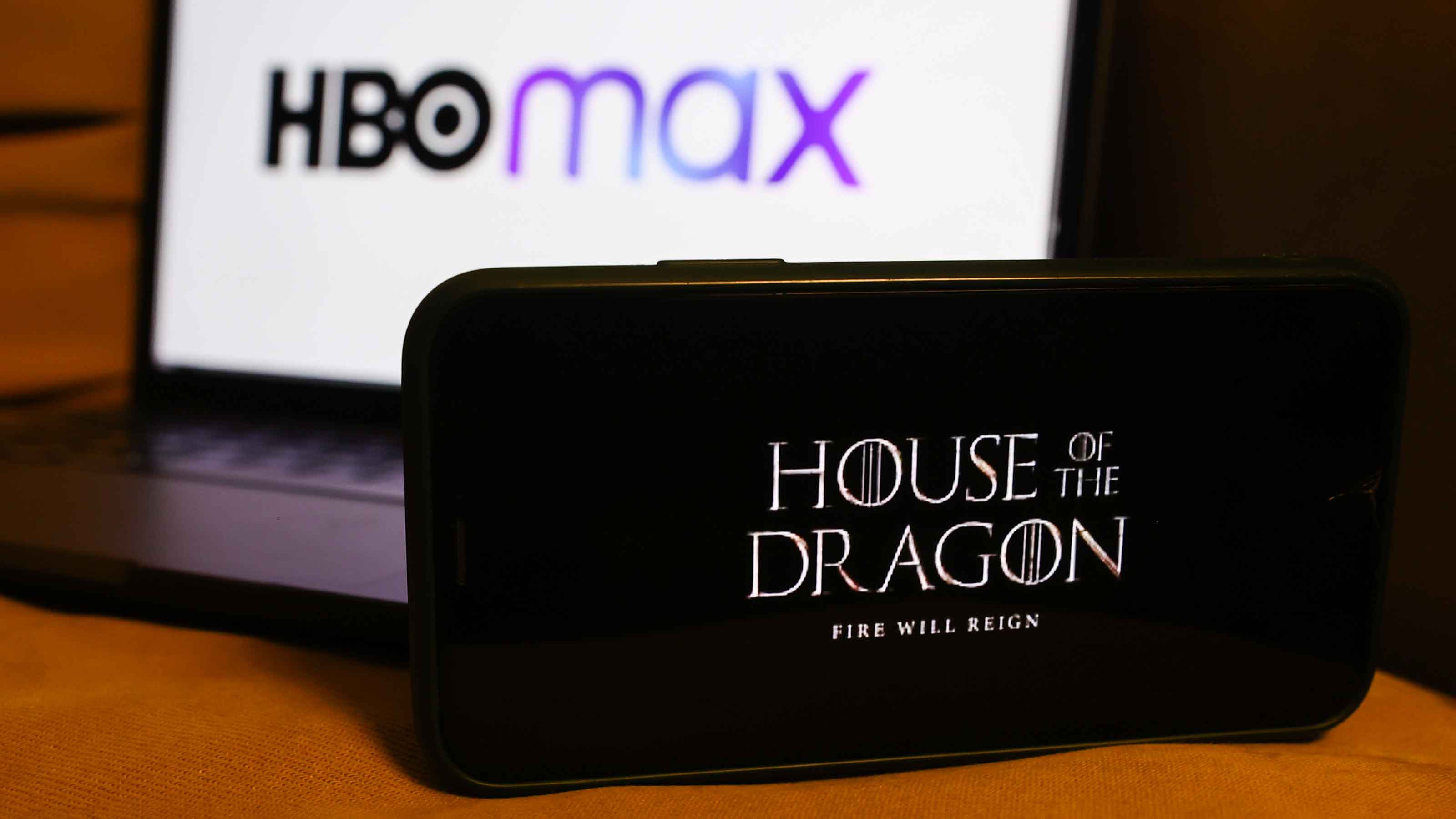10 Ways to Save on Back-to-School Shopping
Use these strategies to cut the cost of clothing, electronics and school supplies.

Parents of school-age children: Get ready to feel the pinch on your pocketbook. You’re likely to shell out hundreds -- maybe even thousands -- of dollars over the next few weeks to get your kids ready to head back to school. Families with children in kindergarten through 12th grade spent nearly $700, on average, in 2014 on back-to-school purchases, according to the National Retail Federation. That’s a big price tag for clothing, electronics, pencils, paper, and other supplies.
However, preparing your kids for the classroom doesn’t have to take such a big bite out of your budget. By following these ten strategies, you can keep back-to-school shopping costs under control.
1. Shop your home first. Take inventory of your drawers, cabinets and closets so you know what you already have before shopping, says Regina Novickis, a savings expert at PromoCodes.com. You'll likely find that you already have several items such as notebooks and pencils that you purchased but your kids never used or are still in good condition. Also, have your kids try on the clothing they already have to see what still fits. You might find that they haven’t grown enough to justify the purchase of new apparel or shoes.

Sign up for Kiplinger’s Free E-Newsletters
Profit and prosper with the best of expert advice on investing, taxes, retirement, personal finance and more - straight to your e-mail.
Profit and prosper with the best of expert advice - straight to your e-mail.
2. E-mail a teacher. If your child’s school doesn't provide a shopping list, ask your child's teacher what supplies are absolutely needed when classes start. (Check the school’s Web site for teachers’ e-mail addresses.) This will help you avoid wasting money on school supplies your child doesn't need, Novickis says. Even if your child’s school provides a standard supply list, many teachers often have their own (sometimes much shorter) lists.
3. Set a budget. Once you know what you already have, then you can make of list of what you need to buy. This will help you figure out how much you should expect to spend so you can establish a budget. If you set a cap before you shop, it will keep you from buying impulsively and overspending, says Jon Lal, founder and CEO of BeFrugal.com.
4. Know when to shop. For the back-to-school items you need that are specific in brand or model, shop as early as possible to avoid the risk of stores running out, Lal says. For more generic items such as school supplies, prices will drop closer to the start of school, so wait until then for steeper discounts if you can, he says.
Summer clothing already is deeply discounted – 50% to 80% off, according to DealNews.com. You might see some sales on fall clothing over Labor Day weekend, but the better deals will appear later (when it’s actually cool enough to wear fall apparel). In the meantime, look to stores that offer student discounts with a valid student ID card at check-out, including Banana Republic, J. Crew and Madewell, all of which take 15% off in-store purchases.
Don’t forget that some states have sales-tax holidays during the month, which can help make purchasing a laptop and other school supplies more affordable. See our guide to sales-tax holidays.
5. Know where to shop. It may seem convenient to get all your shopping done in one place, but hitting different sales will save money in the long run, says Offers.com vice president Howard Schaffer. For example, the best deals on folders and notebooks are at office supply stores, which offer these items for 15 cents to 30 cents during back-to-school promotions, Novickis says. You’ll also find good sales on school supplies at big-box retailers, such as Target and Walmart. You’ll likely get better deals on clothing by shopping online because retailers typically offer coupon codes on their sites that can be used to score even bigger discounts on sale items, according to DealNews.com. You also can find coupon codes at sites such as Coupons.com, PromoCodes.com and RetailMeNot.com.
6. Look for multiple ways to save. If you’re shopping at a sale in a brick-and-mortar store, use a coupon app such as the apps from Coupon Sherpa or RetailMeNot to see if retailers have any coupons you can upload on your phone and present at the register. You can use a comparison-shopping app such as RedLaser to scan the barcodes of products in stores to see if other retailers are offering those items at lower prices. You also can use discounted gift cards from sites such as Cardpool and Gift Card Granny that sell cards for less than face value to score instant savings. When shopping online, Lal recommends using a cash-back site that lets you earn back a percentage of the money you spend on qualifying purchases (see Get the Most Out of Cash-Back Shopping Sites).
7. Follow your favorite retailers on Facebook and Twitter and sign up for their e-mail alerts for exclusive deals, coupons and sale notifications, DealNews.com recommends.
8. Take advantage of student discounts. Retailers such as Apple, Microsoft and Dell offer student-only pricing on laptops and often attach a free gift card to the purchase for printers, e-books or apps, Novickis says.
9. Buy used or rent. Textbooks are cheaper used (and even cheaper when you rent them). Web sites such as Barnes & Noble and Amazon allow students to purchase preowned versions, while CourseSmart and Inkling let them license e-books. See How to Cut Your Textbook Costs in Half -- or More for more information on sites that will help you score deals on books.
Also, consider buying items such as computers refurbished rather than new. Refurbished tech items, which are used but restored to like-new condition and often have a one-year warranty, can cost half as much as the original price. Among the sites where you can find refurbished computers, tablets and other products are Apple.com, BestBuy.com, Dell.com, Newegg.com, TigerDirect.com, and Walmart.com. Goodwill has 18 electronics stores throughout the country that sell new and refurbished electronic items and accessories. This includes desktop and laptop computers, printers and scanners. Warranty and return policies vary by location, so you’ll need to contact your local store for details.
10. Swap. Novickis recommends reaching out to other parents you know to see if they have clothing or other items their kids have outgrown that they’re willing to give to you or sell for a low price. Although the clothing has been used, it still will be “new” to your kids.
Get Kiplinger Today newsletter — free
Profit and prosper with the best of Kiplinger's advice on investing, taxes, retirement, personal finance and much more. Delivered daily. Enter your email in the box and click Sign Me Up.

Award-winning journalist, speaker, family finance expert, and author of Mom and Dad, We Need to Talk.
Cameron Huddleston wrote the daily "Kip Tips" column for Kiplinger.com. She joined Kiplinger in 2001 after graduating from American University with an MA in economic journalism.
-
 Stock Market Today: Stocks Gain on Tech, Auto Tariff Talk
Stock Market Today: Stocks Gain on Tech, Auto Tariff TalkThe Trump administration said late Friday that it will temporarily halt tariffs on some Chinese tech imports.
By Karee Venema
-
 Sam's Club Plans Aggressive Expansion: Discover Its New Locations
Sam's Club Plans Aggressive Expansion: Discover Its New LocationsSam's Club expansion plans will open up to 15 new stores each year. Learn where they plan to open in 2025.
By Sean Jackson
-
 Five Reasons You Shouldn't Shop on Amazon Prime Day
Five Reasons You Shouldn't Shop on Amazon Prime DaySmart Buying Think twice before getting lured into buying a bunch of stuff you don't need just because it's on sale.
By Andrea Browne Taylor
-
 Five Ways to Save on Vacation Rental Properties
Five Ways to Save on Vacation Rental PropertiesTravel Use these strategies to pay less for an apartment, condo or house when you travel.
By Cameron Huddleston
-
 How to Avoid Annoying Hotel Fees: Per Person, Parking and More
How to Avoid Annoying Hotel Fees: Per Person, Parking and MoreTravel Here's how to avoid extra charges and make sure you don't get stuck paying for amenities that you don't use.
By Cameron Huddleston
-
 Best Cash Back Credit Cards of 2025
Best Cash Back Credit Cards of 2025Credit Cards If you're searching for a credit card that rewards you for everyday purchases, we've chosen the best.
By Ellen B. Kennedy
-
 How to Spend $1,000: Find Cheap (or Free) Online Courses to Build Career Skills
How to Spend $1,000: Find Cheap (or Free) Online Courses to Build Career SkillsSmart Buying There's a huge array of skill-building online courses that can level up your career for under $1,000.
By Kim Clark
-
 MoviePass is Relaunching. Should You Sign Up?
MoviePass is Relaunching. Should You Sign Up?Smart Buying The subscription discount movie card company has a checkered past and an army of disillusioned former cardholders. If you want to try the reboot, you’ll need to hurry.
By Bob Niedt
-
 HBO Max Is Offering Huge Discounts
HBO Max Is Offering Huge DiscountsSmart Buying Looking for a streaming service deal? Warner Bros. Discovery is cutting the price of HBO Max.
By Bob Niedt
-
 Are You Streaming Too Much? What the Discovery+/HBO Max Mashup Means
Are You Streaming Too Much? What the Discovery+/HBO Max Mashup MeansSmart Buying Fewer original scripted series? Maybe. And maybe it’s time to unsubscribe.
By Bob Niedt